Is multiple sclerosis caused by EMF?
Biophotons | Infrared light | Hypoxia | DHA
Here’s what we’ll learn in this article:
1. What is multiple sclerosis?
2. How does the Sun power our immune and nervous system?
3. What role does hypoxia play in MS?
4. How do we use DHA fatty acids to harvest light?
5. What are biophotons?
6. Why do those with MS lose heat?
7. How do our mitochondria harvest energy from water?
8. What are common symptoms of MS?
9. What is the tibial compression test?
10. Why do those with MS have low levels of vitamin D?
11. Why are higher rates of MS found in northern climates?
12. What type of diet can help MS?
Multiple sclerosis (MS) is the most common neurological disease for young adults in the US, and symptoms typically occur between 20-40 years of age. Women are two to three times as likely to develop this disease.

There is no known cause, and no known cure. The first cases of MS began to be studied in earnest in 1868. Before 1960, MS was virtually unknown in Japan.
What happened after 1868, and what can we learn from Japan?
The diet of the Japanese is rich in seafood, which contains high amounts of DHA. DHA is an ancient fatty acid that converts the light from our environment into electrical impulses that our nervous system then uses to repair, and run our brains’ daily operating system. We can think of DHA as our solar polar inverter. An inverter takes one form of energy, and converts it to electricity that can be used by the system.
If our brains can change how they operate based on signals from our environment, what hardware runs the software of our brain?
The Gateway of our Sol
Our retina contains high levels of DHA, and decodes the software program of light, which runs on the hard drive of the Sun. The Sun carries unlimited memory for our potential growth, as its infinite wavelengths dictate our health’s future.
The hard drives of all quantum supercomputers run on water - and our brain is no different. Our mitochondria, the engines of our cells, run most efficiently on water that is charged with light, in the infrared range. How does this all work?
The water within us is energized by what Einstein discovered as the photoelectric effect: Our Sun splits the water in our cells from its molecular composition of H2O into (2) hydrogen + 2 electrons + oxygen. We then use these electrons, along with the water that has been charged by the Sun’s electric force, to provide energy to our nervous system.
To learn more about how the Sun works with water to create a hydrogen fuel cell battery within us, read:
Let’s zoom out and take a look at The Big Picture. The Sun sustains all life with its electromagnetic field, which comes down to Earth in the form of plasma that we perceive as light. The plasma of our blood, which is mostly water, uses the electromagnetic force of solar plasma. Proteins within our blood plasma regulate gene expression and the immune system.1
The Sun charges the Earth like a battery, and helps our planet maintain its protective magnetosphere. If we didn’t have a Sun, we wouldn’t have a magnetic field. This is why when we aren’t grounded to the Earth*, our red blood cells lose electrical charge, which can thicken our blood leaving us predisposed to blood clots.
*Depending on where you live - you may have ground current EMF running through your home or yard, which makes the practice of grounding do more harm than good.)
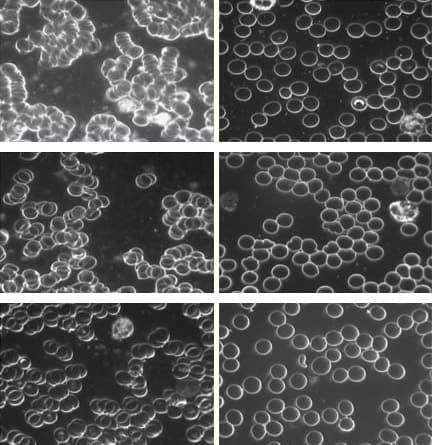
The Sun lets our Earth thrive, and the Earth’s electric field lets us survive. For instance, a 1991 study showed that our body’s calcium levels are affected by magnetic fields.2 Calcium helps regulate coagulation of blood.

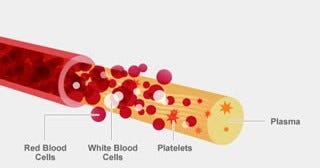
Light is contained in the universe, and in our body, by coherent electric and magnetic fields. When an electric field and magnetic field is reduced, this can lower oxygen levels since oxygen is magnetic.
This cosmic formula only works when we live in unison with the natural electromagnetic forces of nature. In the 1860s, our world became electrified with the telegraph, as seven hundred thousand miles of copper web was installed over the surface of the Earth, enough to encircle the globe thirty times. Then came the light bulb and rise of indoor culture, which made us all involuntary devotees of Edison’s anti-sleep religion.
Low oxygen leads to low energy
Those with MS are typically hypoxic, which means they have low levels of oxygen in their neurons.3 What transports oxygen to our body?
Cytochrome C oxidase (CCO) is a heme-based (contains iron) enzyme that is located within our mitochondria, that is also magnetic, and requires a strong electrical charge in order to work.
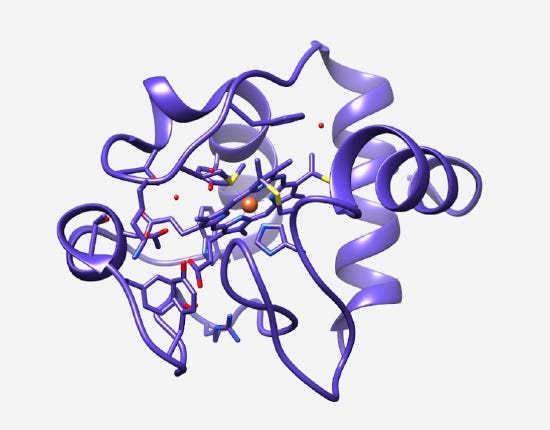
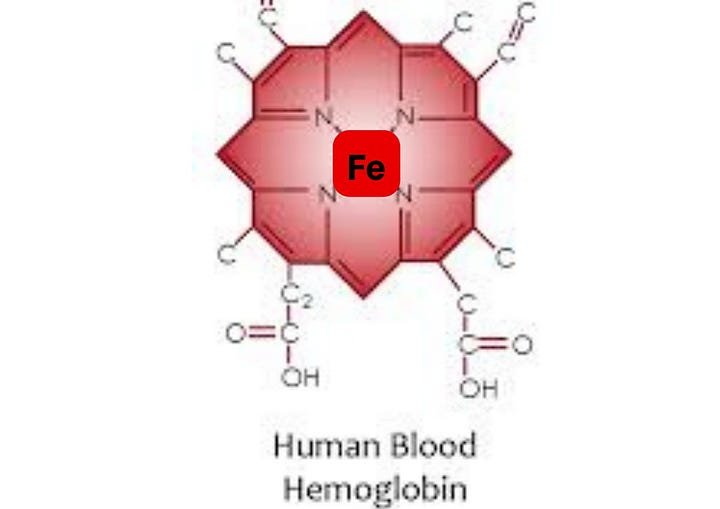
How do we use electrons to electrify life?
We can maintain our electric charge through the photons (light) we capture from our environment, using the omega 3 fatty acid DHA as our power inverter.

If we absorb too much artificial light, then our bodies will have a harder time harvesting sunlight for energy. CCO creates energy for our bodies in the form of ATP (adenosine triphosphate).
We can ensure that CCO gets the right amount of electrical charge by absorbing the correct wavelengths of light - mostly in the infrared spectrum. The process of converting electrons into ATP occurs in our inner mitochondrial membrane, where our mitochondria not only absorb, but also emit light.
What are biophotons?
The light that our mitochondria release are what scientist Fritz Albert Popp named biophotons (living particles of light). Healthy organisms are able to consistently regulate the amount of light they release, whereas an unhealthy specimen will release or leak too much light, leading to heat loss. A loss of heat then may lead to a breakdown of metabolism and immune function.
Neurosurgeons like Dr.
have found that patients with MS have difficulty retaining infrared light since the membranes of their cells are losing electrical charge.We perceive infrared light as heat, in the form of fire or the warmth of the Sun. This is why those with MS are extremely temperature sensitive, as they’ve lost the ability to control the amount of heat their bodies emit, and absorb.
Temperature disregulation in MS:
How can we power our powerhouse?
Did you know that the membrane of our mitochondria is made up of water that absorbs light at 3000 nm (nanometers), which is in the infrared range? Scientists like Gerald Pollack have noted that this water forms an exclusion zone (EZ), which is a buffer that makes cellular processes run more efficiently. We can ensure our mitochondrial engine runs smoothly by giving it the fuel of infrared light.
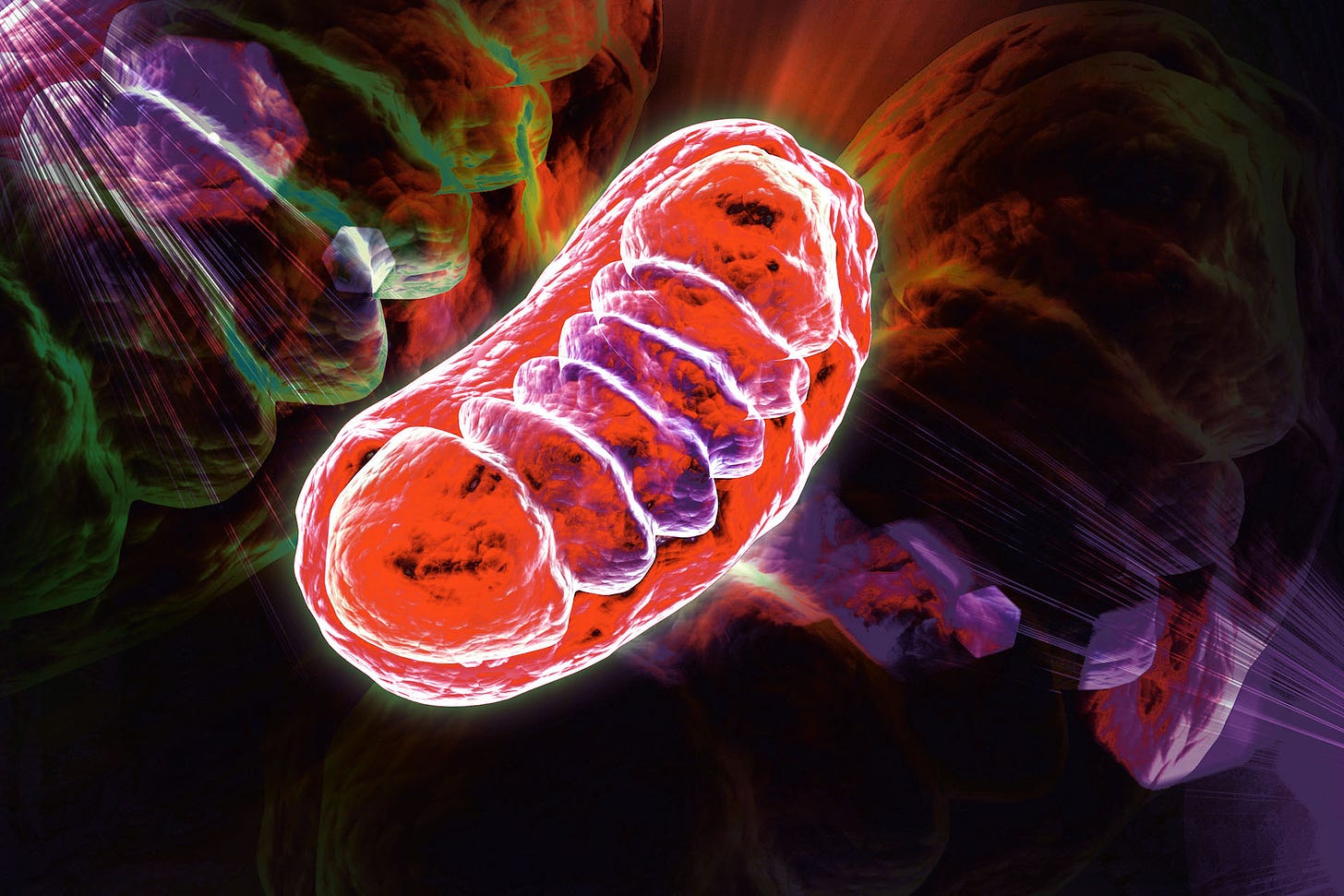
When our inner mitochondrial membrane (IMM) loses electric charge, it increases its size to compensate by swelling. You can think of this membrane like the piston of a car. If the piston gets too hot, oil (oxygen in our case) can’t be transferred to the engine, and pretty soon the dashboard of our brain lights up with the dreaded “check engine soon” light. Like our car, we need to know how to read those warning signals of our body.
What happens if we don’t take our car that’s losing oxygen to the mechanic?
Pretty soon those low levels of oxygen lead to early cell death of our nervous system, also known as necrosis.
What are common symptoms of MS?
The most common initial symptoms of MS tend to be hypoxia of nerve tissue4, and inflammation of the optic nerve (optic neuritis)5 , which may include: blurred or dim vision, pain in the eye socket, pain while moving the eye, and colors appearing dull. Mainstream science doesn’t know what causes this form of neuritis.
The optic nerve contains dense populations of mitochondria, and our mitochondria were first created 600 million years ago when DHA came on the scene during the Cambrian explosion. The eyes are technically part of our central nervous system. If we want to support our brain, and our vision, we need to eat light and see-food.
The retina is designed to have a higher level of DHA than the brain, so this is the first place where the DHA imbalance may show up in an MS patient. In the image below (on the left) we can see how DHA builds the cerebral cortex6 (bark) of the brain vs a brain that is deficient in DHA, with a much thinner bark (on right):
When there is inflammation present in this part of our nervous system due to low levels of DHA, glial (glue of our nerves) cells known as astrocytes may become overactive, and begin to create dymyelinating lesions. Astrocyte end feet help form a barrier between our immune system and our brain (blood brain barrier). When astrocytes become overactive, the glue no longer sticks properly.
The myelin sheath in those with MS becomes sclerotic (brittle), and the ability to efficiently conduct nerve impulses is lost. Our myelin sheath is the wire coating of our nerves, and is what allows for proper electrical signaling to occur.
How can we do a diagnostic test on our body to determine if we may have low levels of DHA?
Let’s look under the hood of our bone
Neurosurgeons like Jack Kruse like to use a tibial compression test to decipher the status of the body’s electrical charge potential. There is a direct connection between bone and the DC electric current in the brain.7 Soft bone is behind the magic of the tibial compression test. When our Vitamin D3 levels are normal, and our bodies’ DC current stable, tibial compression causes no pain normally.
“Since the tibia has no soft tissue over it, when I press on it with my reflex hammer, and it hurts you, I know something is importantly disturbed in your environment.”
-Dr. Jack Kruse
Why are my vitamin D levels low?
If you have MS, chances are your vitamin D levels are low. Artificial blue light lowers oxygen in the retina by lowering the amount of DHA in the eye. Anytime we have less DHA, our thyroid can no longer make the necessary hormones for growth. DHA, an omega 3 fatty acid, helps us have enough cholesterol so that we can then make pregnenolone, which in turn lets us make vitamin D. Blue light steals pregnenolone, and switches hormonal production to cortisol.
A multitude of epidemiological studies have revealed that individuals with low levels of vitamin D in their blood are at considerably increased risk for developing MS. Up to 90% of MS patients are deficient in vitamin D.
A recent study has quantified the impact of vitamin D blood levels on risk for MS relapse. A 50-nmol/L (20-ng/mL) increment in average serum Vitamin D levels within the first 12 months predicted a 57% lower rate of new active lesions. Researchers found that for “each 10 nmol/l increase in 25-OH-D results in up to a 12% reduction in risk of relapse. Clinically, raising 25-OH-D levels by 50 nmol/l could halve the hazard of a relapse.”8
Our latitude determines our healthy aptitude
The areas of the world that have the lowest rates of MS live closer to the equator, where the magnetic field is stronger, and light more abundant. The highest rates of MS occur in northern climates. Canada continues to have one of the highest rates of MS in the world – with over 90,000 people living with MS - 1 in every 400 individuals. Currently there are 2.9 million people worldwide living with MS.
Some of the earliest and most famous clusters known to MS investigators are a series of alleged epidemics that occurred on the Faroe Islands, a Danish possession in the Atlantic between Norway and Iceland. Although the inhabitants are Nordic and considered a high-risk group for the disease, there were no known reports of MS prior to 1943 among native-born residents. In the early 1960s a Washington D.C. neurologist, Dr. John Kurtzke, became intrigued with a report by a Danish investigator, K. Hyllested, who recorded about twenty-five cases of MS in the Faroes that had started occuring in 1943. It appeared that the disease had been brought into the Faroes since it hadn’t been reported there before.9
The most significant event that had taken place on the Faroes was the British occupation during World War II. During this time, the British military imported artificial light and wireless technology.
Can leafy greens make us glow?
Terry Wahls has had much success with patients by introducing a “heavy leafy green diet protocol.” Green leafy veggies are loaded with nitrogen. These foods can restore the nitrogen substrate in the skin to be converted to nitric oxide, which helps us synthesize vitamin D. Patients with MS have low levels of nitric oxide in their skin, which we need in order to absorb vitamin D in the presence of UV sunlight.
There are four things we need to be aware of when considering a new diet:
1- Light is the primary food our bodies consume, as two-thirds of our mitochondrial energy requirement comes from light, and only one-third from food.
2- An ancestral approach of seafood rich in DHA gives us electric nutrition.
3- Our digestion runs on a clock that is our circadian rhythm. This rhythm is played by magnetic melodies that ensue with an orchestra of light at sunrise.
4- Some vegetables may contain high levels of oxalates, which form crystals in our tissues, potentially making us more susceptible to electromagnetic radiation. We explored the role of oxalates in our ElectroHealth Rx course, and will be diving into this topic more in the coming months.
Thank you for reading. We hope you got some valuable insights out of the article.
If you know anyone who is suffering from MS, please send them our way. We’d love to help them understand that…
We are more powerful than we know.
Roman & Bohdanna
Support us at The Power Couple Bookshop - dedicated to making us relearn from our ancestors!
Additional resources:
Chuang VT, Otagiri M. Photoaffinity labeling of plasma proteins. Molecules. 2013 Nov 8;18(11):13831-59. doi: 10.3390/molecules181113831. PMID: 24217326; PMCID: PMC6270137.
Coagulation and Blood Transfusion, 1991, Volume 26 ISBN : 978-1-4613-6740-6 M. E. Mikaelsson
McMahon J, McQuaid S, Reynolds R, FitzGerald U. Increased expression of ER stress- and hypoxia-associated molecules in grey matter lesions in multiple sclerosis. Multiple Sclerosis Journal. 2012;18(10):1437-1447. doi:10.1177/1352458512438455
Hans Lassmann, Hypoxia-like tissue injury as a component of multiple sclerosis lesions, Journal of the Neurological Sciences, Volume 206, Issue 2, 2003, Pages 187-191, ISSN 0022-510X, https://doi.org/10.1016/S0022-510X(02)00421-5.
https://jackkruse.com/organizational-structural-failure-10-multiple-sclerosis/
Yavin E., Himovichi E. and Eilam R. (2009) Delayed cell migration in the developing rat brain following maternal Omega 3 alpha linolenic acid dietary deficiency. Neuroscience 162, 1011–1022.
https://jackkruse.com/ubiquitination-8-the-mammalian-battery/
Simpson S Jr, Taylor B, Blizzard L, Ponsonby AL, Pittas F, Tremlett H, Dwyer T, Gies P, van der Mei I. Higher 25-hydroxyvitamin D is associated with lower relapse risk in multiple sclerosis. Ann Neurol. 2010 Aug;68(2):193-203. doi: 10.1002/ana.22043. PMID: 20695012.
https://jackkruse.com/organizational-structural-failure-10-multiple-sclerosis/


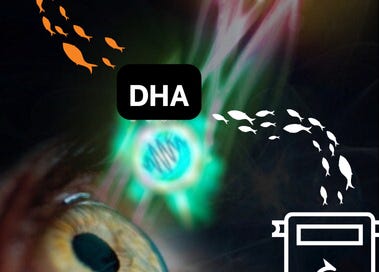


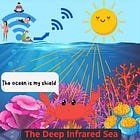
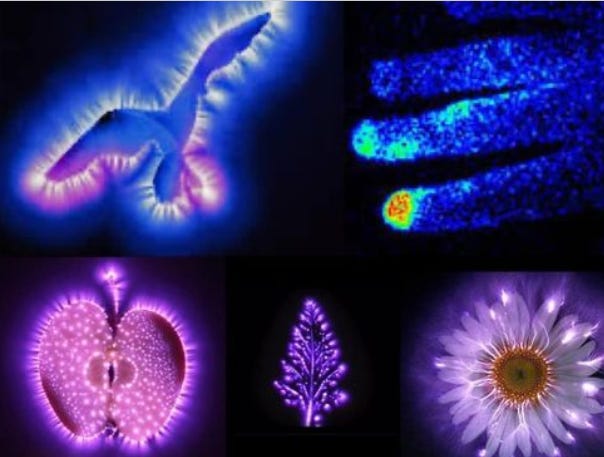
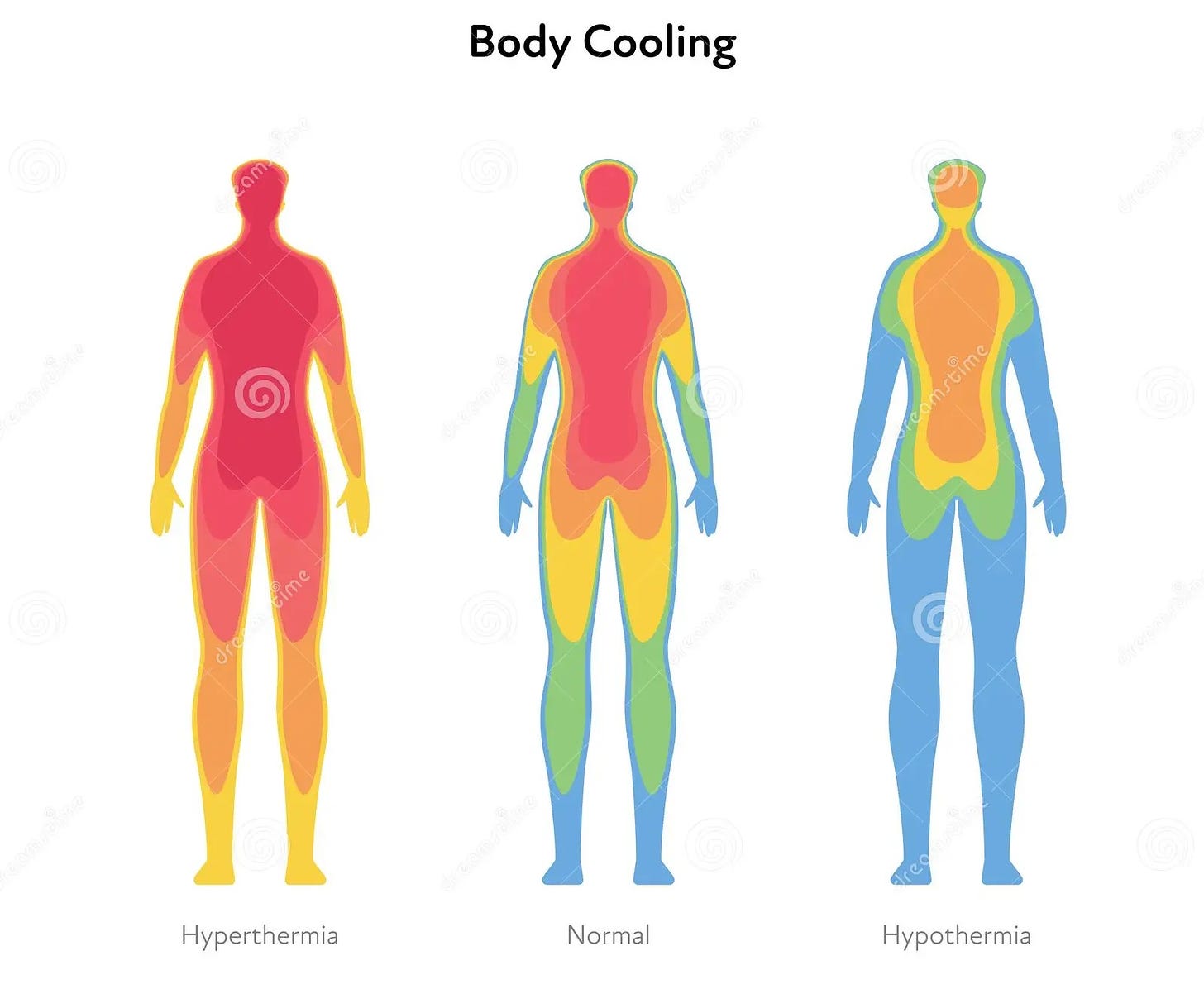
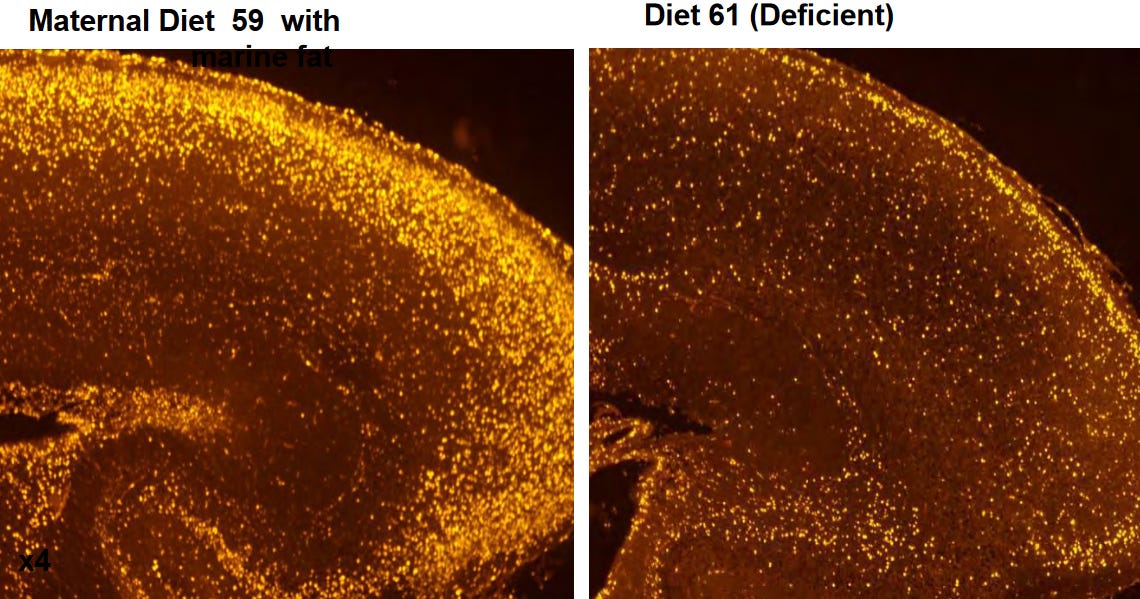
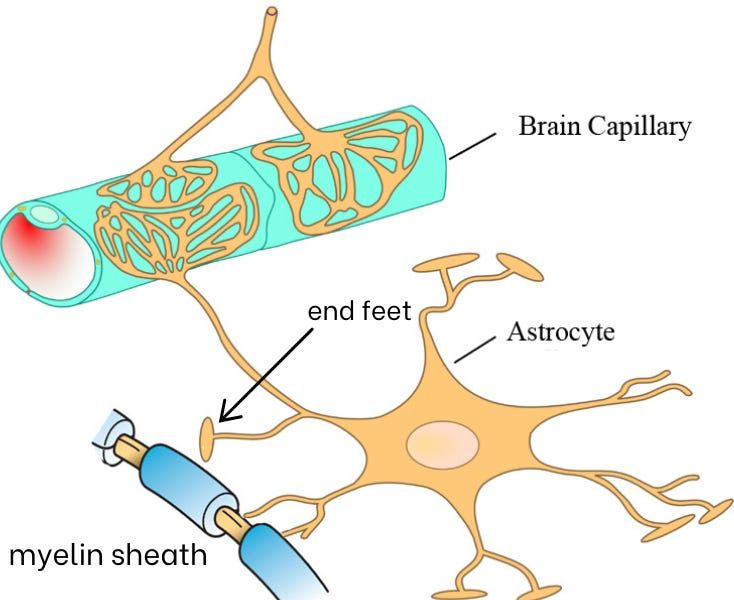
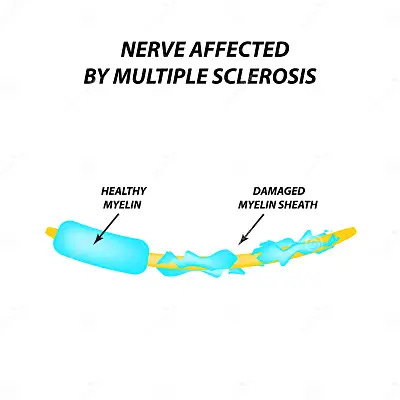
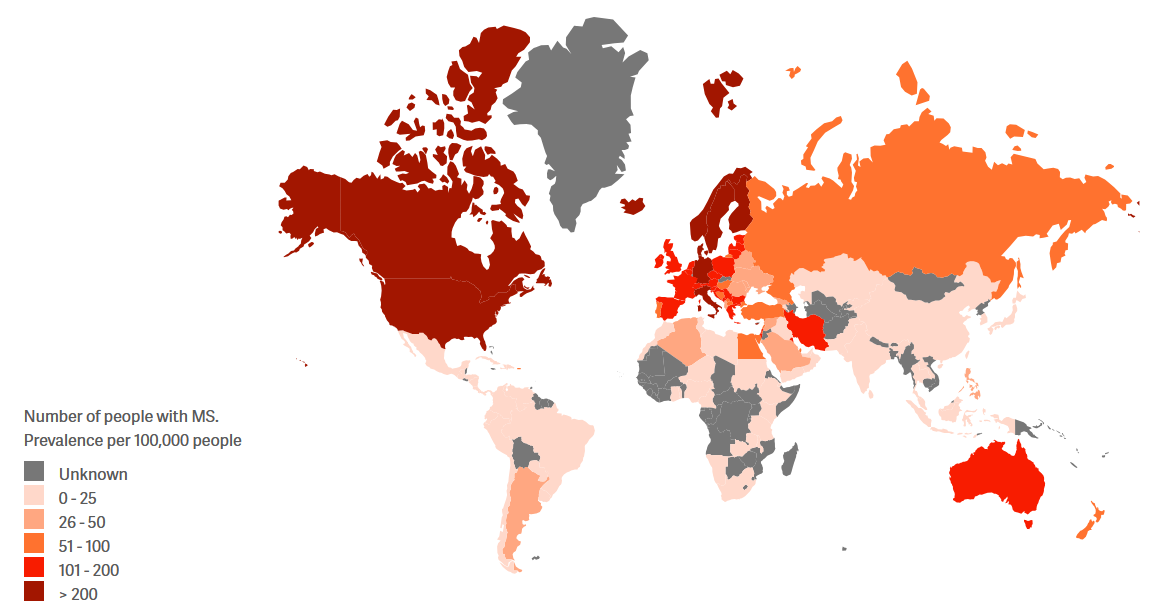


...one line into this, and i know instinctively that this is a great and informative article, i'm cruising my email, some wealth of articles... (edit: see ch 7 Roman, of this remarkable book by James Churchward, i have a hard copy, for years, only got around to readin some of it now... https://archive.org/details/cosmicforcesofmu00chur_2/page/8/mode/1up ...)...
MS is not even real. Any illness diagnosed by symptoms only is a farce. It is only meant to scare people into finding the real cause of their health issues